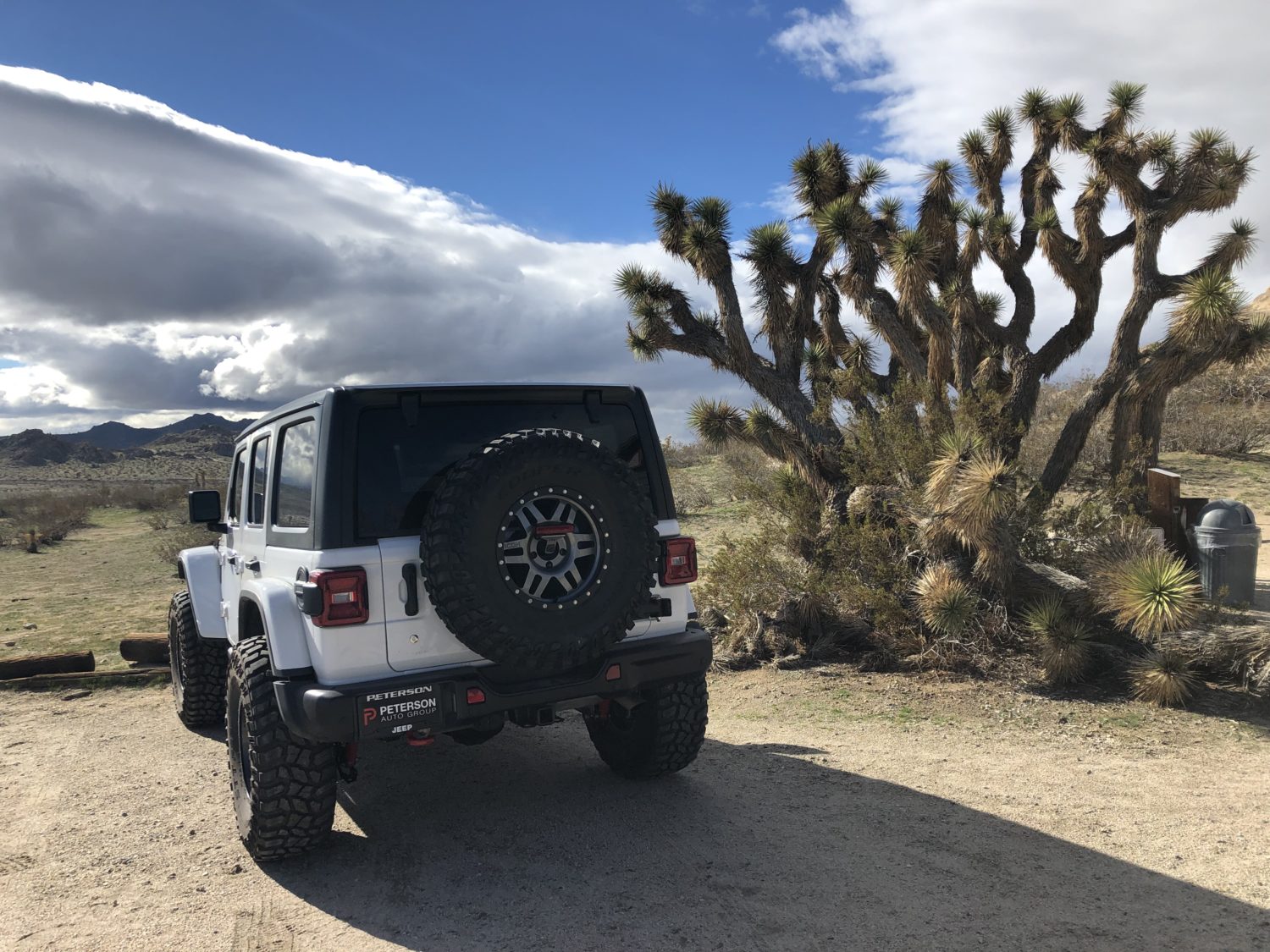- Location: 36.43646, -117.15483
- Travel Date: 2-24-2019
Not far from Stovepipe Wells in Death Valley, you’ll find the remains of the mining town of Skidoo. From Stovepipe, head South on Highway 190 towards the Emigrant Ranger Station. Turn left onto Emigrant Canyon Road and drive approximately 9.5 miles on the paved road. On the left, youll come up to Skidoo Road which is a dirt road. 4×4 is recommend at this point. Follow the road and signs to Skidoo Mill for approximately 8 miles. As you near the mill, proceed with caution as the road becomes a single track shelf road. An area to turn around can be found near the tailings on the shelf road. A little past the tailings, you’ll find a gate, a short 1/8 mile hike is required to get to the mill. Once there, enjoy! Keep in mind, the artifacts located here and at many ghost towns, mines, mills, etc are federally protected. Please do not remove anything!
Skidoo was founded in 1906 when two prospectors, on their way to the Harrisburg strike, found gold. The town reached a population of 700 and became famous as the site of the only hanging to take place in Death Valley. It occurred when Hootch Simpson, a saloon owner who had fallen on hard times, tried to rob the bank, was foiled in the attempt, and later went back and killed the owner of the store in which the bank was located. During the night the townspeople hanged Hootch. According to legend, he was hanged twice. The second hanging was to accommodate news photographers who missed the first hanging. No one was ever arrested for the hanging. Skidoo is located off the Wildrose road on an unpaved high-clearance road not recommended for automobiles. Nothing remains of the actual townsite. Skidoo (formerly, Hoveck) was an unincorporated community in Inyo County, California. The geographical location of the old town site lies at an elevation of 5,689 feet (1734 m). Skidoo is a virtual ghost town located in Death Valley National Park. It is on the National Register of Historic Places. Skidoo is representative of the boom towns that flourished in Death Valley during the early 20th century. The town’s livelihood depended primarily on the output of the Skidoo Mine, a venture operating between 1906 and 1917. During those years the mine produced about 75,000 ounces of gold, worth at the time more than $1.5 million. Two unique items are associated with Skidoo’s mining heyday. First the town possessed the only milling plant in the desert operated almost completely by water power. Second, the construction of the water pipeline was a phenomenal engineering feat; its scar can still be seen between its origin near Telescope Peak and the mill site. The fifteen-stamp amalgamation and cyanide mill built by the Skidoo Mines Company is a rare surviving example of an early 20th-century gravity-feed system for separating gold from its ore. The name Skidoo comes from the expression 23 skidoo, a slang expression of the time, for which various origins have been suggested. The Hoveck post office opened in 1906, changed its name to Skidoo in 1907, and closed in 1917. The name Hoveck honored Matt Hoveck, manager of the Skidoo Mine.























